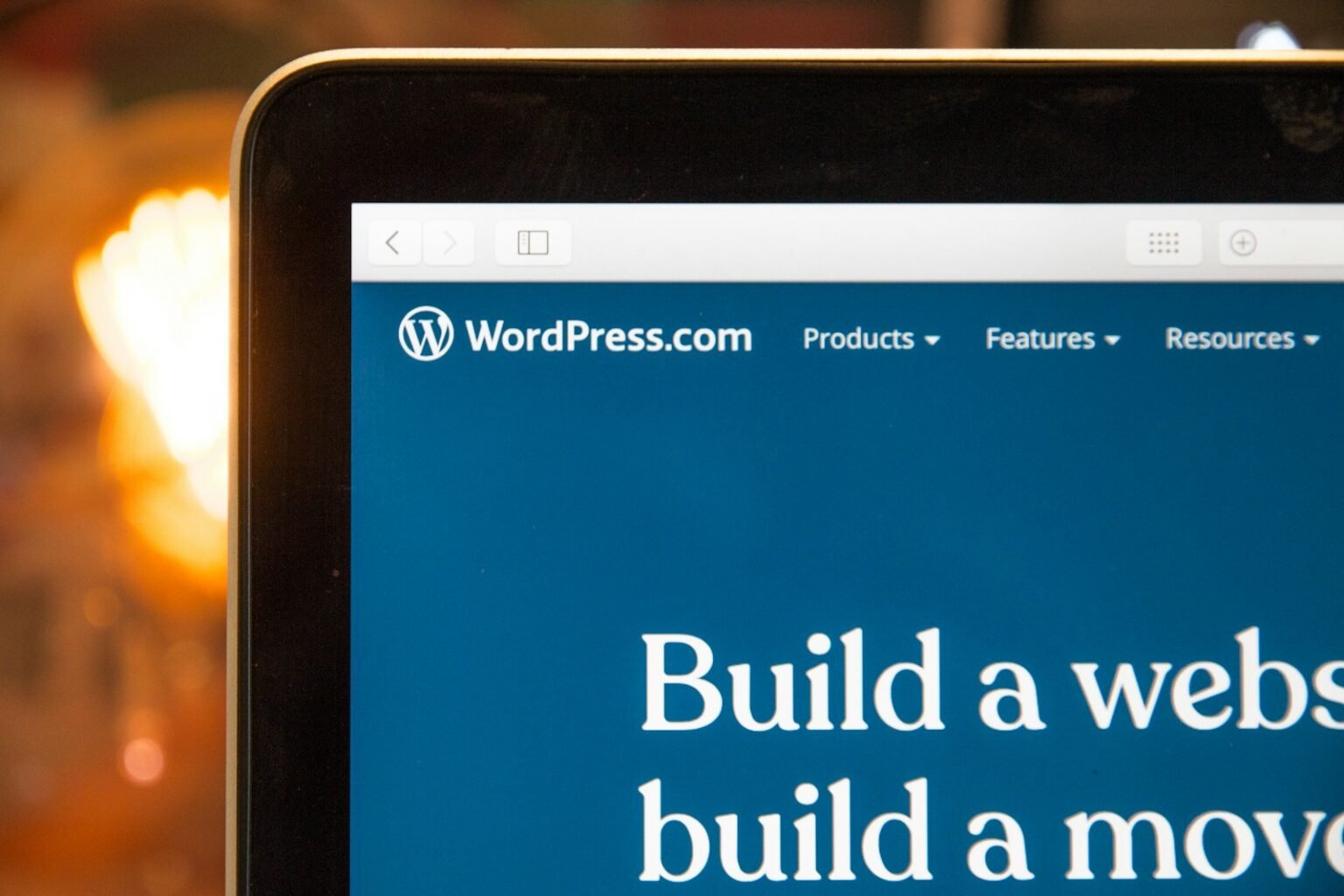Audio is a powerful tool to enhance user experience on your WordPress site. Whether you are listening to a pod cast, background music or an audio guide, choosing when audio can be heard can prove vital. This blog post will provide a step-by-step instruction on how to achieve given result in WordPress to play an audio file only once per page load. We’ll cover both plugin-based and custom JavaScript methods to achieve this.
Method 1: Using the “Play Audio Once” Plugin
This method is the easiest and most reliable for playing audio only once per page load. Here’s how you can do it:
Step 1: Install the Plugin
Go to Your WordPress Dashboard
Open your WordPress site’s admin interface. You can login your site’s with URL (e. g. , http:http//www. yourwebsite. com ).
Navigate to “Plugins” -> “Add New”
After accessing the dashboard, find the sidebar menu in the application. In the WordPress panel, move the mouse over “Plugins” and click “Add New”.
Search for “Play Audio Once”
On the toolbar at the top-right corner, in the search box, enter “Play Audio Once”. Check the search results to find the plugin.
Install and Activate the Plugin
Select the “Install Now” button beside the required plugin. Once installed, the button changes to “Activate”. Click it to active the plugin.
Step 2: Add Audio to Your Page
Create a New Page or Edit an Existing One
To add audio, you need to either create a new page or edit an existing one. Navigate to the “Pages” tab on the left of the WordPress admin panel, and click “New Page” or choose a page you would like to modify.
Use the WordPress Block Editor (Gutenberg)
Gutenberg editor is used by WordPress to ease the process of adding media. Press on the plus (+) sign to insert a new block.
Insert an Audio Block
Browse through all the blocks or enter the name of the block in the search bar to look for the “Audio” block. You can click it to place them on your page.
Upload Your Audio File
You can record directly from your computer or choose audio from the media section of the library.
Step 3: Enable the “Play Audio Once” Option
Click on the Audio Block
Once the audio block is added and your audio file is uploaded, click on the block to access its settings.
Enable the “Play Audio Once” Option
There should be a new block setting on the right-hand side where you will see the “Play Audio Once” option.
Step 4: Save and Preview
Save Your Page
To save the changes, you need to click the “Save” or “Publish” button available at the bottom of the page.
Preview the Page
You should also preview your page to make sure the audio will only play once per page loading. Try to play the audio once again and then refresh the webpage to check whether it is not playing again when the page is refreshed.
Method 2: Using Custom JavaScript
For further customization of the audio or add more features, you can use custom JavaScript as well. This method may however need some understanding of coding sort.
Step 1: Add a JavaScript File
Create a New JavaScript File
Create a new JavaScript file (e.g., play-audio-once.js). Save this file in the js folder of your theme. If you find that your theme does not contain a particular folder named js, then you can create it.
Write the JavaScript Code
Here’s a sample code snippet to ensure the audio plays only once:
JavaScript
jQuery(document).ready(function($) {
var audioPlayed = false;
$('audio').on('play', function() {
if (audioPlayed) {
this.pause();
} else {
audioPlayed = true;
}
});
});
This code utilizes jQuery to determine whether the audio has been played or has not. If it has, it stops the audio.
Step 2: Enqueue the JavaScript File
Edit Your Theme’s functions.php File
Open your theme’s functions.php file. You can access this file via the WordPress dashboard by navigating to “Appearance” -> “Theme Editor” and selecting functions.php.
Add the Following Code
Add the following code to enqueue your JavaScript file:
PHPfunction my_enqueue_scripts() {
wp_enqueue_script( 'play-audio-once', get_template_directory_uri() . '/js/play-audio-once.js', array('jquery'), '1.0', true );
}
add_action( 'wp_enqueue_scripts', 'my_enqueue_scripts' );
This code ensures that your JavaScript file is loaded properly.
Step 3: Save and Test
Save Your Changes
Save the changes to your functions.php file.
Test Your Page
Visit your WordPress site and navigate to the page with the audio. Ensure the audio plays only once per page load. Reload the page to test if the audio doesn’t play again on subsequent loads.
Additional Tips and Considerations
Cross-Browser Compatibility
Make sure that your created solution is compatible with various browsers. It is advisable to test it on different browsers such as Chrome, Firefox, Safari, and Edge to compare the outcomes.
Mobile Responsiveness
Check how the audio plays on mobile devices. Also make sure that the audio is played only once on loading the page on the smartphone and tablet too.
User Experience
When implementing audio on your site, you should think about the user experience. Preloading or having audio play on its own is disruptive, so use this sparingly. Include options that allow users to adjust the volume, start, pause, or stop the audio stream if required.
Performance Optimization
Make sure that inserting audio and scripts does not harm on the loading of your site. To improve the performance of your audio application, make your audio files as small as possible.
Alternative Solutions
If the methods above don’t meet your needs, consider exploring other plugins or custom solutions. You could also search for an audio plugin in the WordPress plugin repository as it contains a wide range of plugins that might include what you are looking for.
Read Also: 15 Best Programming Languages
Conclusion
Setting an audio to play only once per page load in WordPress can be useful in improving the experience of the users by avoiding repeated loading of the audio. In this way, I have shown you a clear, individual, and sequential plan if you want to achieve your goal, choosing between a plugin or custom JavaScript. By reading this blog post and adhering to its guidelines, you can create a positive experience for your site visitors by making your audio content less obtrusive and more entertaining.




